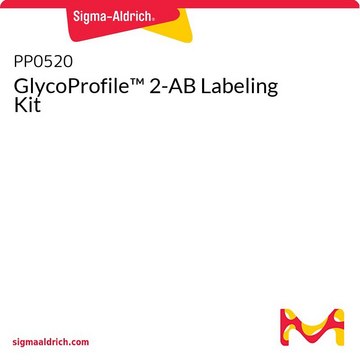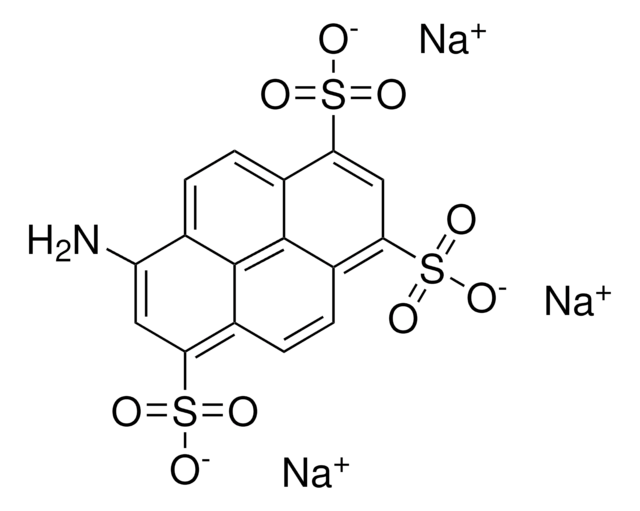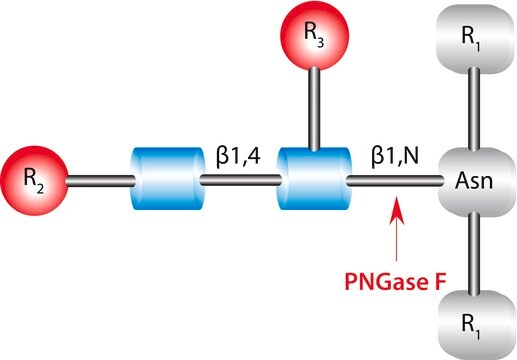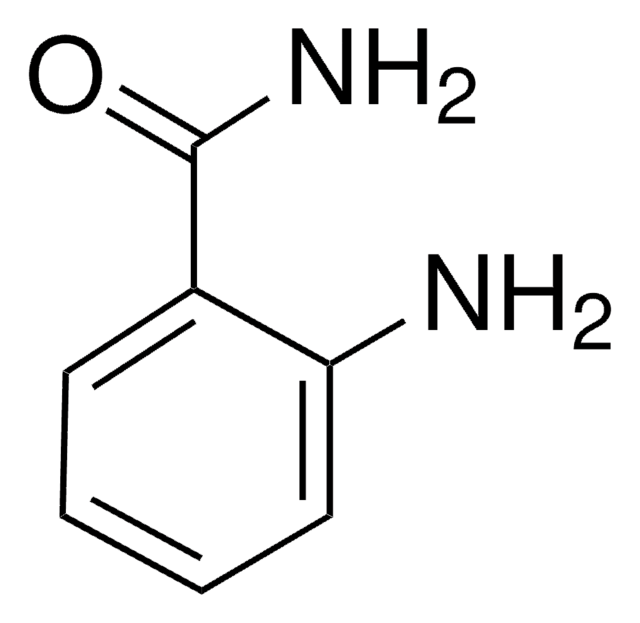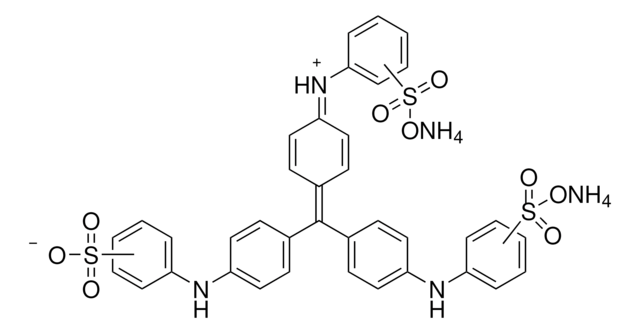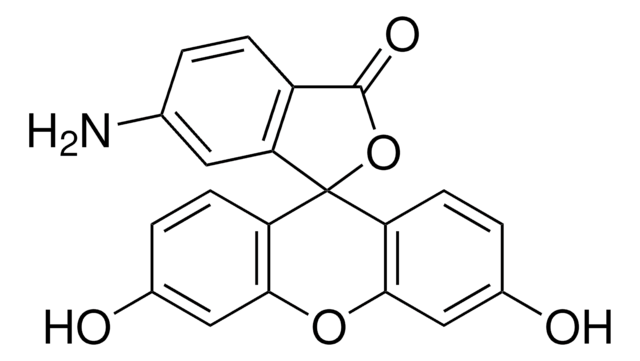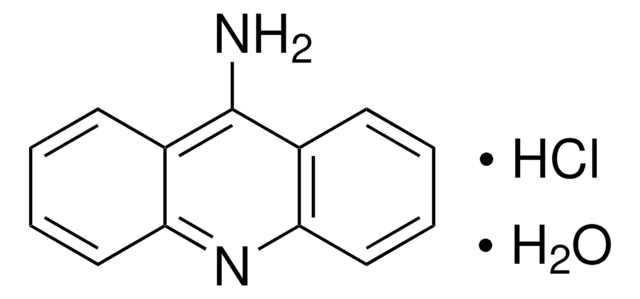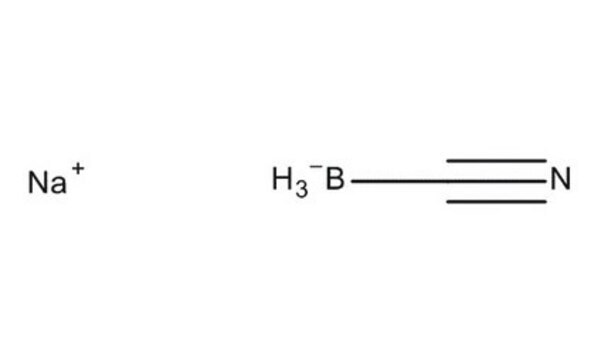06627
2-Aminoacridone
BioReagent, suitable for fluorescence, ≥98.0% (HPLC)
Sinónimos:
2-Amino-9(10H)-acridinone, 2-amino-10H-acridin-9-one, AMAC
About This Item
Productos recomendados
product line
BioReagent
assay
≥98.0% (HPLC)
solubility
DMF: soluble
DMSO: soluble
fluorescence
λex 420 nm; λem 542 nm in 0.1 M Tris pH 8.0
suitability
suitable for fluorescence
SMILES string
Nc1ccc2Nc3ccccc3C(=O)c2c1
Nc1ccc2Nc3ccccc3C(=O)c2c1
InChI
1S/C13H10N2O/c14-8-5-6-12-10(7-8)13(16)9-3-1-2-4-11(9)15-12/h1-7H,14H2,(H,15,16)
InChI key
PIGCSKVALLVWKU-UHFFFAOYSA-N
¿Está buscando productos similares? Visita Guía de comparación de productos
Categorías relacionadas
Application
Packaging
signalword
Warning
hcodes
Hazard Classifications
Eye Irrit. 2 - Skin Irrit. 2 - STOT SE 3
target_organs
Respiratory system
Storage Class
11 - Combustible Solids
wgk_germany
WGK 3
flash_point_f
Not applicable
flash_point_c
Not applicable
ppe
dust mask type N95 (US), Eyeshields, Gloves
Elija entre una de las versiones más recientes:
Certificados de análisis (COA)
¿No ve la versión correcta?
Si necesita una versión concreta, puede buscar un certificado específico por el número de lote.
¿Ya tiene este producto?
Encuentre la documentación para los productos que ha comprado recientemente en la Biblioteca de documentos.
Los clientes también vieron
Artículos
Structural modifications of proteins are essential to living cells. When aberrantly regulated they are often the basis of disease. Glycans are responsible for much of the structural variation in biologic systems, and their representation on cell surfaces is commonly called the “glycome.”
Nuestro equipo de científicos tiene experiencia en todas las áreas de investigación: Ciencias de la vida, Ciencia de los materiales, Síntesis química, Cromatografía, Analítica y muchas otras.
Póngase en contacto con el Servicio técnico
